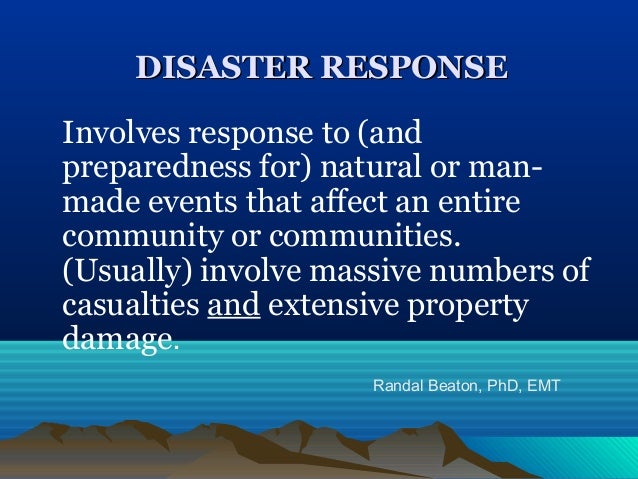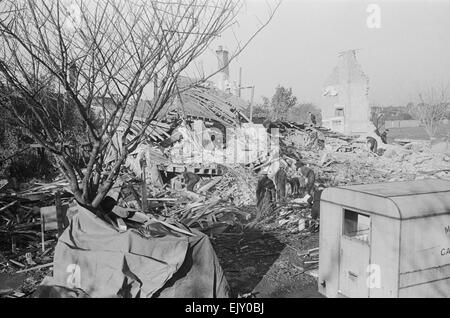

Deferments for groups such as agricultural workers were tightened, and there was consideration of drafting women. America's reserves of manpower were running out. In December 1944, American battle casualties hit an all-time monthly high of 88,000 as a result of the German Ardennes Offensive. Nearly one million of the casualties occurred during the last year of the war, from June 1944 to June 1945. The 1.25 million battle casualties incurred in total by the United States in World War II included both military personnel killed in action and wounded in action. Most Japanese military units fought fiercely, ensuring that the Allied victory would come at an enormous cost. In 1945, the Pacific War between the Empire of Japan and the Allies entered its fourth year. White and green: Areas still controlled by Japan included Korea, Taiwan, Indochina, and much of China, including most of the main cities, and the Dutch East Indies Situation of the Pacific War on 1 August 1945.

Supporters claim that the atomic bombings were necessary to bring an end to the war with minimal American casualties critics believe that the bombings were unnecessary and a war crime, and highlight the moral and ethical implications of the intentional nuclear attack on civilians. Scholars have extensively studied the effects of the bombings on the social and political character of subsequent world history and popular culture, and there is still much debate concerning the ethical and legal justification for the bombings. Though Hiroshima had a sizable military garrison, most of the dead were civilians. For months afterward, many people continued to die from the effects of burns, radiation sickness, and injuries, compounded by illness and malnutrition. Over the next two to four months, the effects of the atomic bombings killed between 90,000 and 146,000 people in Hiroshima and 60,000 and 80,000 people in Nagasaki roughly half occurred on the first day. Three days later, a Fat Man was dropped on Nagasaki. On 6 August, a Little Boy was dropped on Hiroshima, to which Prime Minister Kantarō Suzuki reiterated the Japanese government's commitment to ignore the Allies' demands and fight on. These targets were chosen because they were large urban areas that also held militarily significant facilities. The consent of the United Kingdom was obtained for the bombing, as was required by the Quebec Agreement, and orders were issued on 25 July by General Thomas Handy, the acting chief of staff of the United States Army, for atomic bombs to be used against Hiroshima, Kokura, Niigata, and Nagasaki.


The Japanese government ignored the ultimatum. The Allies called for the unconditional surrender of the Imperial Japanese armed forces in the Potsdam Declaration on 26 July 1945, the alternative being "prompt and utter destruction". The 509th Composite Group of the United States Army Air Forces was trained and equipped with the specialized Silverplate version of the Boeing B-29 Superfortress, and deployed to Tinian in the Mariana Islands. By July 1945, the Allies' Manhattan Project had produced two types of atomic bombs: " Fat Man", a plutonium implosion-type nuclear weapon and " Little Boy", an enriched uranium gun-type fission weapon.
#Ww2 aftermath disaster full
The war in the European theatre concluded when Germany surrendered on, and the Allies turned their full attention to the Pacific War. This undertaking was preceded by a conventional bombing and firebombing campaign that devastated 64 Japanese cities. In the final year of World War II, the Allies prepared for a costly invasion of the Japanese mainland. The Japanese government signed the instrument of surrender on 2 September, effectively ending the war. Japan surrendered to the Allies on 15 August, six days after the bombing of Nagasaki and the Soviet Union's declaration of war against Japan and invasion of Japanese-occupied Manchuria. The aerial bombings together killed between 129,000 and 226,000 people, most of whom were civilians, and remain the only use of nuclear weapons in an armed conflict. On 6 and 9 August 1945, the United States detonated two atomic bombs over the Japanese cities of Hiroshima and Nagasaki, respectively.


 0 kommentar(er)
0 kommentar(er)
